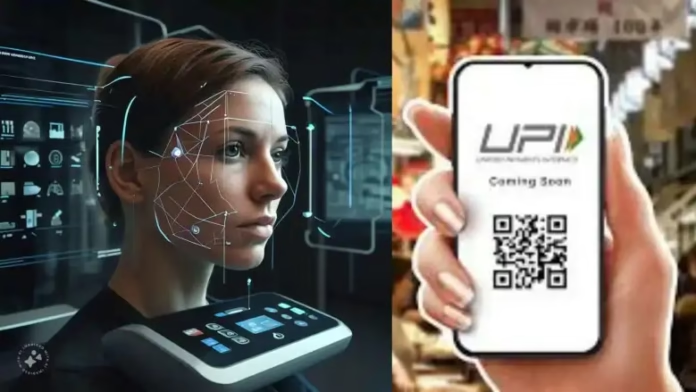The digital payments industry in India is on the verge of a major upgrade. With biometric authentication and passkeys becoming more widely adopted, payment networks are expecting a 2–3% increase in transaction success rates.
Unlike one-time passwords (OTPs), which often fail due to delivery issues or user errors, these new authentication methods are device-bound, eliminating many common points of friction during transactions.
OTPs Losing Ground to Biometric Authentication

For years, OTPs have been the default second factor of authentication in digital transactions. However, they’ve also been a key reason for transaction failures, especially when messages are delayed, not delivered, or typed incorrectly.
In contrast, passkeys and biometric verification (like fingerprints or facial recognition) are built directly into devices. This means authentication happens instantly, removing dependence on mobile networks and significantly improving the user experience.
He added that many UPI users often enter an incorrect PIN—a problem that biometric authentication can solve by removing manual input altogether.
UPI Transaction Data Highlights the Gap

According to the National Payments Corporation of India (NPCI), major banks currently maintain a 93–95% success rate on UPI transactions. Most failures come from business declines (such as insufficient funds or dormant accounts) and technical declines, including PIN errors and backend system issues.
Visa and Card Networks Embrace Passkeys
Many payment aggregators have already launched biometric-based authentication, and card networks like Visa are investing heavily in passkey solutions.
Passkeys work by generating a unique device token that verifies the customer for each transaction. This eliminates the need for OTPs altogether and strengthens security.
Lower Costs and Better Security
The benefits of passkeys and biometrics go beyond just speed and convenience.
Cost Savings: Billions of payment transactions every month rely on SMS-based OTPs, which carry a huge cost. Passkeys remove this layer entirely.
Stronger Security: While OTPs can be intercepted or phished, biometric credentials and device tokens cannot be shared or reused.
Fewer Failures: Issues like network downtime, expired OTPs, or typing errors are eliminated.
A Stronger Defense Against Fraud
One of the biggest drivers of this shift is fraud prevention. OTP-based systems are vulnerable to phishing, man-in-the-middle, and credential replay attacks. Biometric authentication and passkeys are far more resistant to such threats.
NPCI data from August 2025 shows business decline rates of 4.6% for HDFC Bank, 8.5% for Bank of Baroda, 5.9% for SBI, and 14.05% for Airtel Payments Bank—indicating the scope for improvement.
RBI Pushes for Risk-Based Authentication
The Reserve Bank of India (RBI) has also stepped in to strengthen security. In September 2025, it introduced the Digital Payment Transactions Authentication Directions, requiring at least two factors of authentication for all digital payments.
These factors may include passwords, PINs, OTPs, tokens, or biometric methods like fingerprint and Aadhaar-based verification. The new guidelines aim to reduce fraud risks and encourage more risk-based authentication models for both domestic and cross-border transactions.
The Road Ahead for Digital Payments

The move to passkeys and biometrics marks a major shift in India’s digital payments landscape.
✅ Higher success rates
✅ Faster transactions
✅ Lower processing costs
✅ Stronger security against fraud
As more banks, fintechs, and card networks adopt these technologies, India’s digital payments ecosystem is expected to become more frictionless, secure, and cost-efficient—benefiting both businesses and consumers alike.



